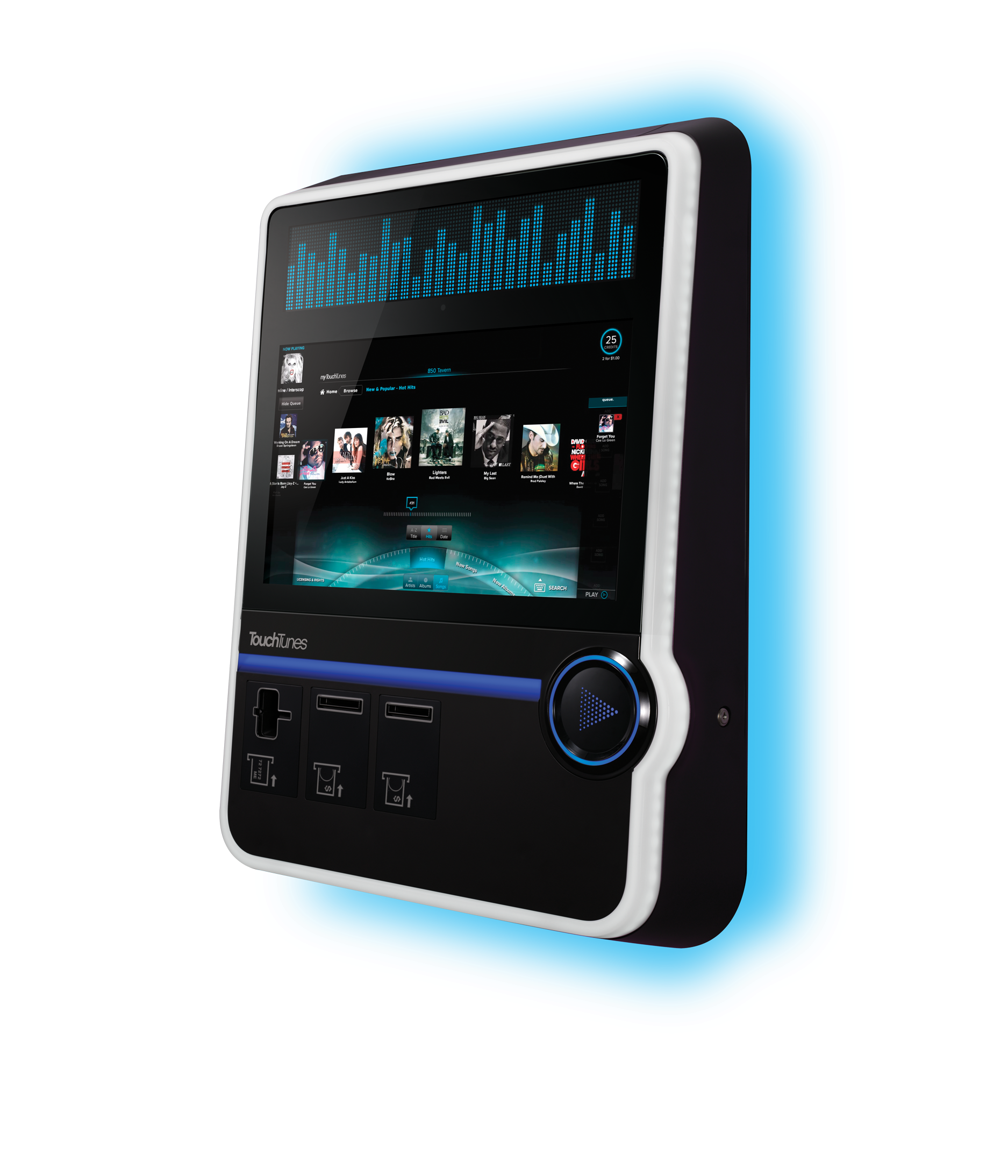The digital Jukebox: A Modern Evolution
The jukebox, a fixture in American culture for over a century, has undergone a remarkable transformation. From its humble beginnings as a coin-operated music player to the sophisticated digital devices of today, the jukebox has evolved alongside technological advancements, reflecting the changing tastes and habits of society.
This article will delve into the fascinating history of the digital jukebox, exploring its origins, technological innovations, cultural impact, and the challenges it faces in the modern era.
From Mechanical Marvels to Digital Delights

The first jukeboxes, appearing in the late 19th century, were mechanical marvels. They used intricate mechanisms to play a single song from a cylinder or disc. These early models were primitive by today’s standards, but they laid the foundation for a device that would become a cornerstone of social interaction and entertainment.
The mid-20th century saw the rise of the electromechanical jukebox, featuring a selection button panel and a rotating record changer. This innovation revolutionized the jukebox experience, allowing patrons to choose from a wider variety of songs. Iconic brands like Wurlitzer and Seeburg dominated the market, producing beautifully designed machines that became cultural icons.
The advent of digital technology in the late 20th century ushered in a new era for the jukebox. Digital jukeboxes replaced bulky record changers with compact hard drives or even internet connections, offering access to vast libraries of music. Touchscreens replaced button panels, providing a more user-friendly interface.
Technological Innovations Shaping the Modern Jukebox

Digital jukeboxes have benefited from a range of technological advancements:
High-fidelity audio: Modern jukeboxes deliver superior sound quality compared to their analog predecessors, thanks to high-resolution audio codecs and powerful amplifiers.
The Cultural Impact of Digital Jukeboxes
Digital jukeboxes have had a profound impact on social interaction and cultural expression:
Creating shared experiences: Jukeboxes continue to foster a sense of community by providing a shared musical experience for patrons in bars, restaurants, and other venues.
Challenges and the Future of Digital Jukeboxes
Despite their advancements, digital jukeboxes face several challenges:
Competition from streaming services: The rise of streaming services like Spotify and Apple Music has presented a significant challenge to traditional jukeboxes, offering users access to vast music libraries on demand.
However, the future of digital jukeboxes is not without promise.
Integration with smart devices: Jukeboxes are increasingly being integrated with smart home devices, allowing for voice control and personalized music experiences.
Conclusion
The digital jukebox represents a remarkable evolution in music technology and cultural expression. From their mechanical origins to the sophisticated devices of today, jukeboxes have continued to adapt and thrive, reflecting the ever-changing landscape of music consumption and social interaction. While challenges remain, the ingenuity and adaptability of the jukebox suggest that this iconic device will continue to play a role in shaping our musical experiences for generations to come.
digital jukebox
